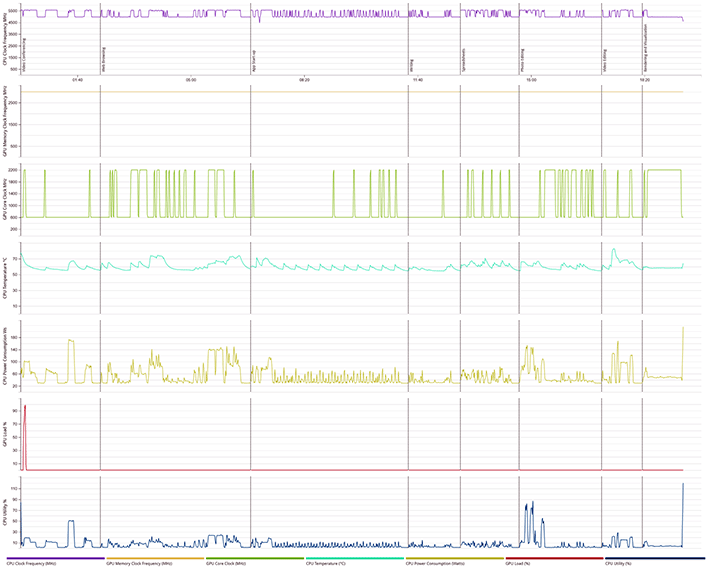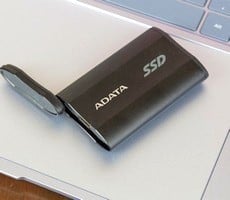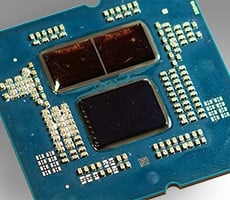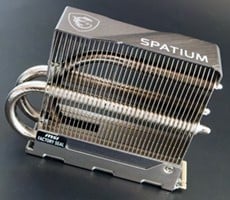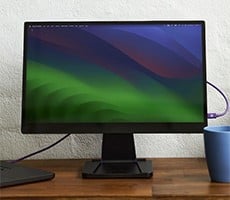AMD Ryzen 5 9600X And Ryzen 7 9700X: Graphics & Gaming Performance And Power
UL 3DMark CPU Physics Benchmark
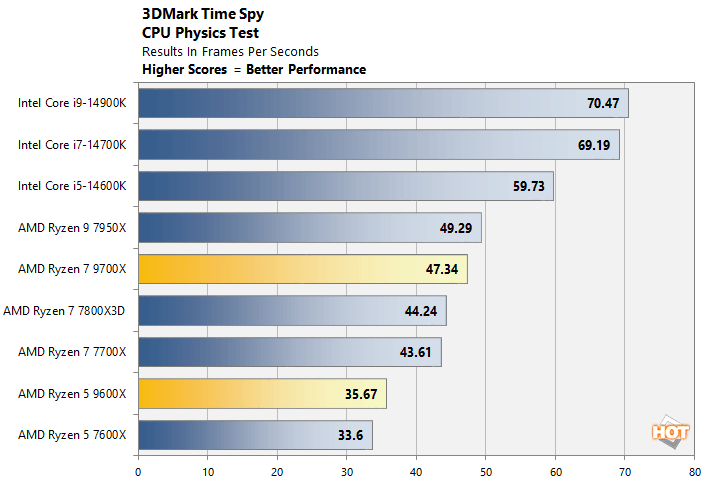
3DMark's Physics test heavily favors Intel's architecture, though the Zen 5-based Ryzen 5 9600X And Ryzen 7 9700X show nice generational gains. The Ryzen 5 9600X is a couple of frames per second faster than the 7600X. The same hold true for the Ryzen 7 9700X versus the 7700X, but its performance increase is high enough to overtake the Ryzen 7 7800X3D as well. Looking at things another way, the Zen 5-based processors are able to put up about 5.9 FPS per CPU core, while the previous-gen Zen 4 based processors put up about 3 - 5.5 FPS per core.
High And Low Resolution Gaming & Graphics Benchmarks
We also ran some mid and high-resolution game and graphics benchmarks on our test rigs with 3DMark, F1 2024, Final Fantasy XIV: Dawntrail and The Talos Principle 2. We used 3DMark's default Time Spy preset, and the games were run in two different configurations — either 1080p with Medium/High details, or 4K with High/Extreme details. The lower resolution tests are designed to be more CPU bound to somewhat isolate processor performance, while the higher resolution tests are more GPU bound.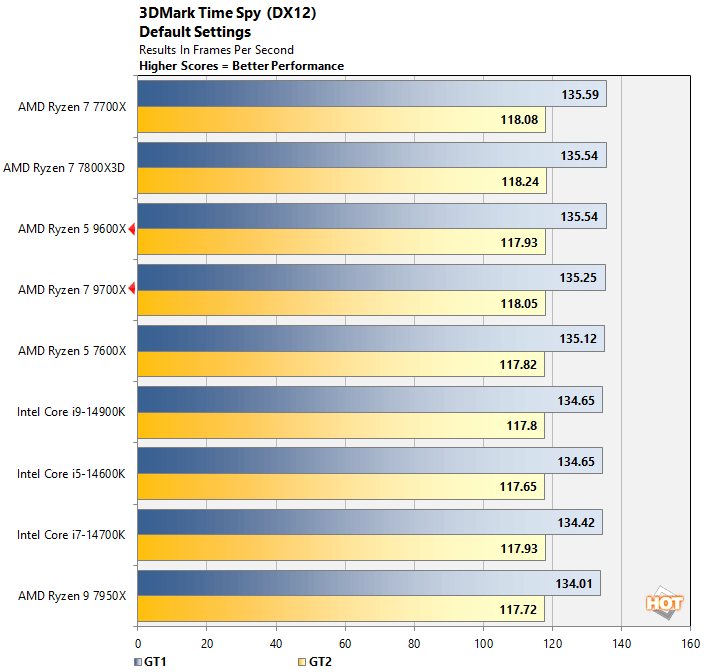
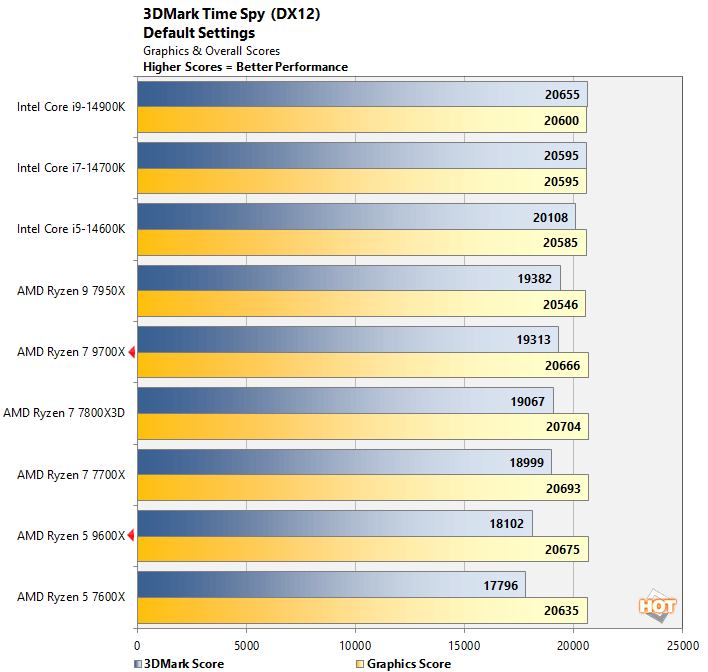
The Ryzen 5 9600X And Ryzen 7 9700X performed well in 3DMark Time Spy. You'll notice that their overall scores don't particularly stand-out, but that's because the multi-threaded CPU Physics tests is factored into the result — it's not just about the game test frame rates. Sorted by actual frame rates (top chart), the Ryzen 5 9600X And Ryzen 7 9700X finish near the top, behind the 7800X3D, and ahead of all of the Intel processors.
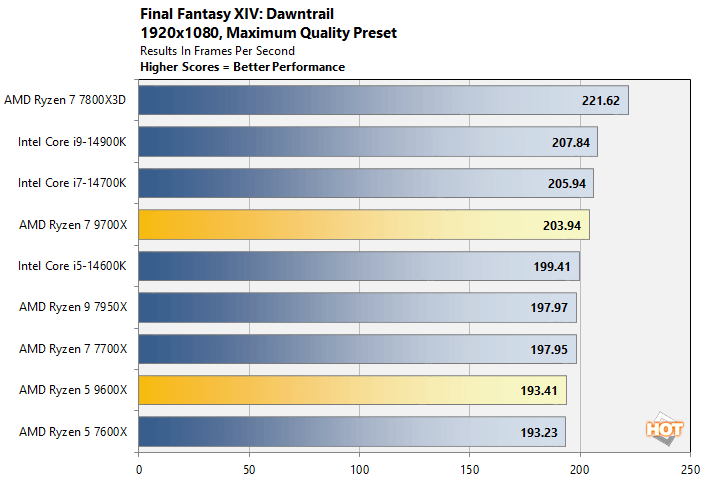
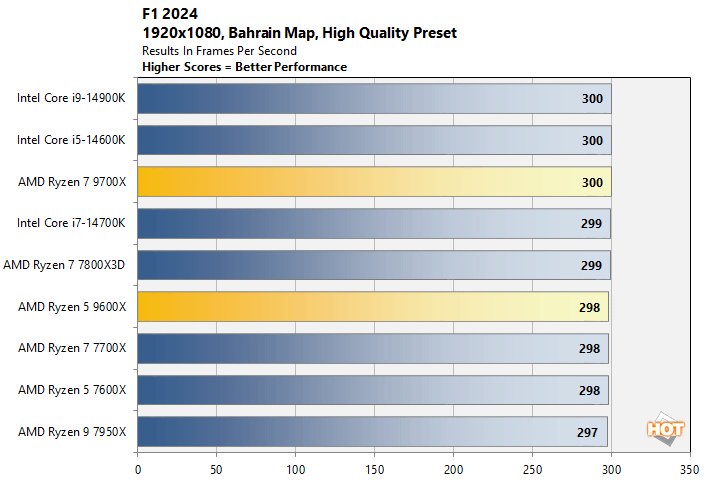
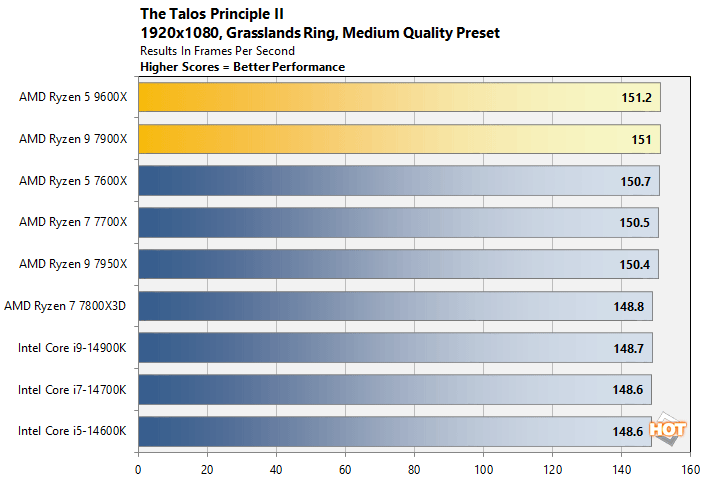
In our 1080p game tests, the Ryzen 5 9600X and Ryzen 7 9700X also performed well. We used a fresh mix of some relatively new games, and although the deltas are quite small for the most part, the newer Zen 5-based Ryzen 9000 series chips do outpace their previous-gen counterparts, despite the latter's higher TDP and clocks in some cases.
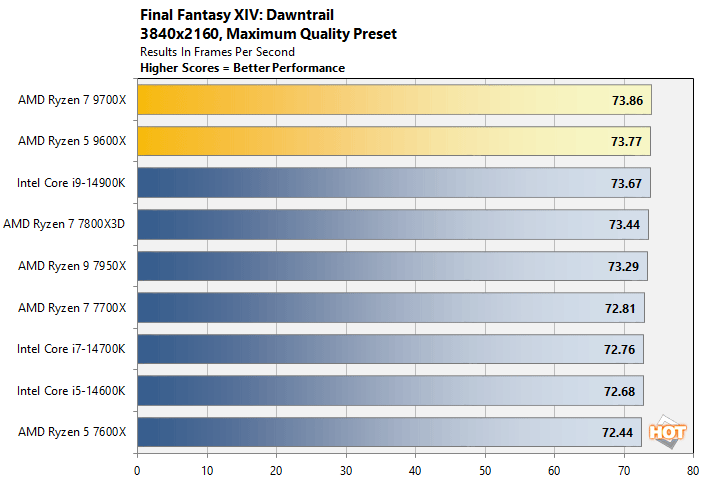
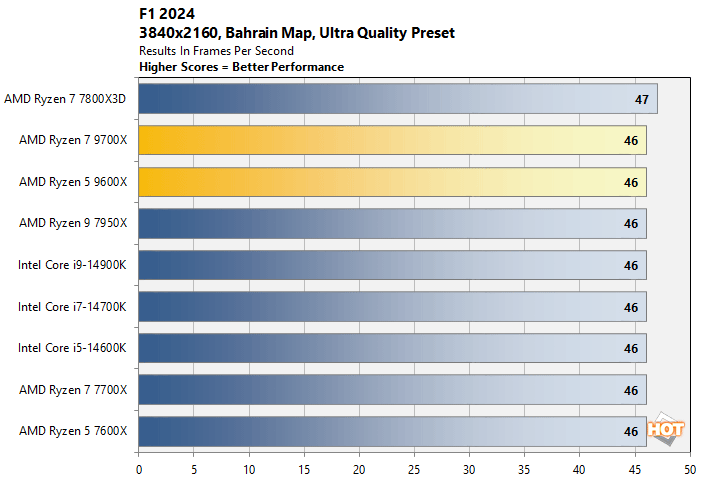
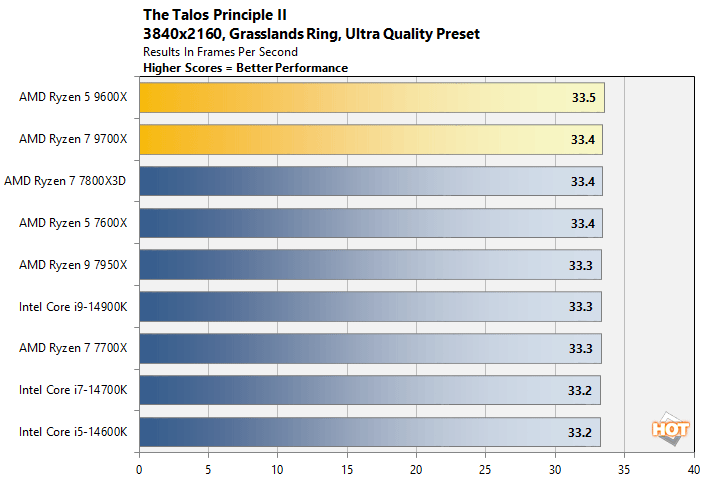
AMD Ryzen 9000 iGPU Testing
If you recall, like the Ryzen 7000 series, the IO die in the Ryzen 9000 series features a basic RDNA 2-based iGPU. AMD positions the iGPU in the Ryzen 9000 series as a value-added feature that gives users the ability to configure a system or to diagnose potential problems when a discrete GPU isn't available. While it's a low-power iGPU to be sure, but ultimately it's not missing many features from other RDNA2-based offerings. It's simply a cut-down RDNA 2-based GPU with two compute units and a similar media engine to mainstream Radeon 6000 series GPUs.
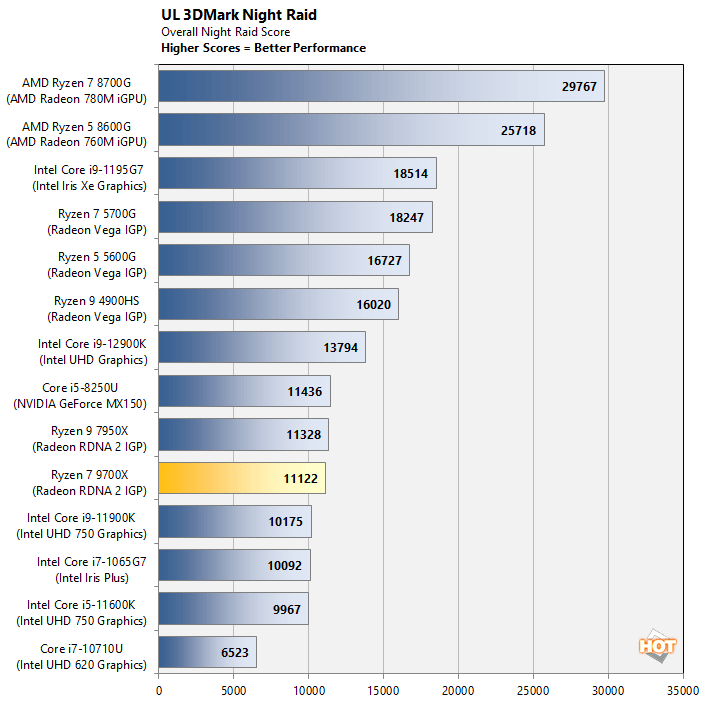
The iGPU in the Ryzen 7 9700X performs right on par with Ryzen 7000 series processors. Its score of 11,122 puts it ahead of Intel UHD series graphics from 11th Gen Core series processors, but it's not breaking any benchmark records. It's not supposed to, though. We're just showing you what it can do, but these Ryzen chips really should be paired to discrete GPUs whenever possible.
AMD Ryzen 9000 Series Total System Power Consumption
Throughout all of our benchmarking and testing, we also monitored how much power our test rigs were consuming with a power meter. Our goal here is to give you an idea as to how much power each configuration used while idling at the Windows desktop and while under taxing CPU workloads across one or all cores. Keep in mind, this is total system power consumption being measured at the outlet and not the the individual power being drawn by the CPUs alone.
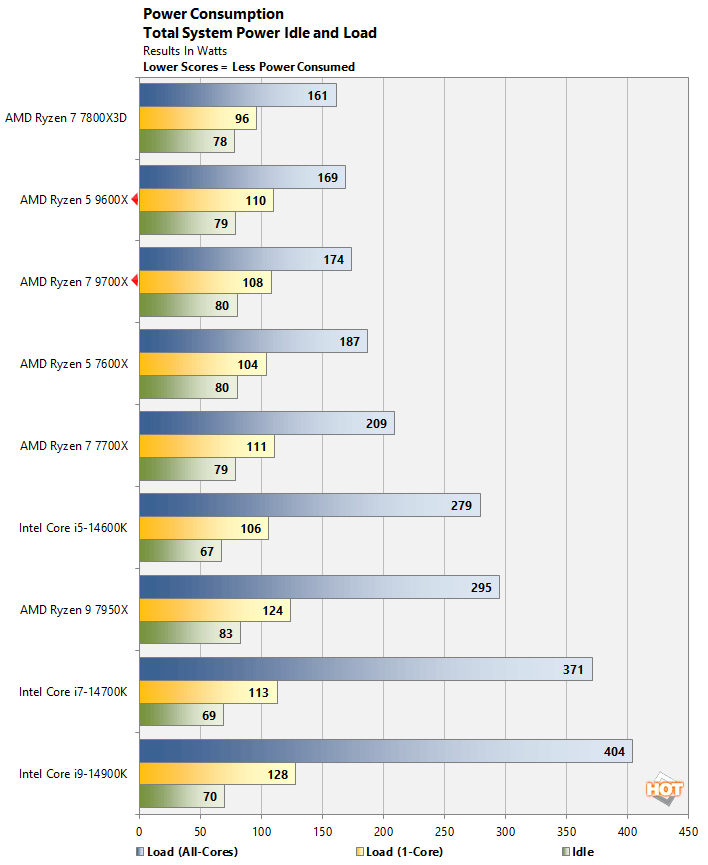
As we mentioned early, the Ryzen 5 9600X and Ryzen 7 9700X have only 65 watt TDPs, which is barely more than half of the 105W TDPs of the Ryzen 5 7600X and Ryzen 7 7700X. With previous-gen Ryzen processors, AMD usually reserved 65W TDPs for "non-X" branded processors. Despite offering better performance all around (save for a single test with the 9700X), the new Ryzen 5 9600X and Ryzen 7 9700X also consumed less power than their predecessors. The Zen 5-based Ryzen 5 9600X and Ryzen 7 9700X are clearly more efficient than similarly configured Ryzen 7000 series processors, not to mention Intel's 14th Gen processors. Notice, the Core i5-14600K consumed about 100 watts more than the Ryzen 7 9700X.
How power, frequencies, and thermals play out in a variety of workloads with the Ryzen 7 9700X is presented in the charts above. What you see here are frequencies, temps, and utilization over the course of a PCMark benchmark run. The CPU clock shows relatively small variations, and remains in that peak 5.5GHz range just about anytime the CPU is under load. The CPU temperature also remains relatively low, and hovers mostly in the low-70°C range save for a small blip where it peaks above 80°C. You may think this is because not all of PCMark's workloads are multi-threaded, but that is not the case, as you'll see shortly.

